As the first post of 2021, I shared my entire shopping list – what I bought, how I plan on making the most of each item, how much I invested and why and just my overall decision making process when it comes to purchasing clothing. I also gave a quick overview of a shopping formula I use to make sure each purchase is truly meaningful and sustainable in my wardrobe – so in this post, I’m going to expand on the steps I take to guarantee zero shopping regrets.
Excessive shopping behavior is also the number one cause for the boom in fast fashion, unethical brands and the overall increase in clothing production – so as a sustainable fashion blogger, my mission is to share ways you can combat the urge to buy. As a consumer, you have all the power to change the landscape of fashion production – the brands you choose to support with your money will be the ones empowered to scale production based on the demand that you create as a consumer.
Long story short – if you buy fast fashion, they’ll make more fast fashion and that’s not good for the people making it or the planet we live on and if you support ethical brands or buy less, they will make less clothing in higher quality that won’t pollute the planet or violate workers’ human rights. How you shop and what you buy is a lot more than a random decision you make after seeing an instagram post (although trust me, I understand the pressure of fashion marketing) – it is a powerful decision fueling countless other decisions that shape our economy and business models.

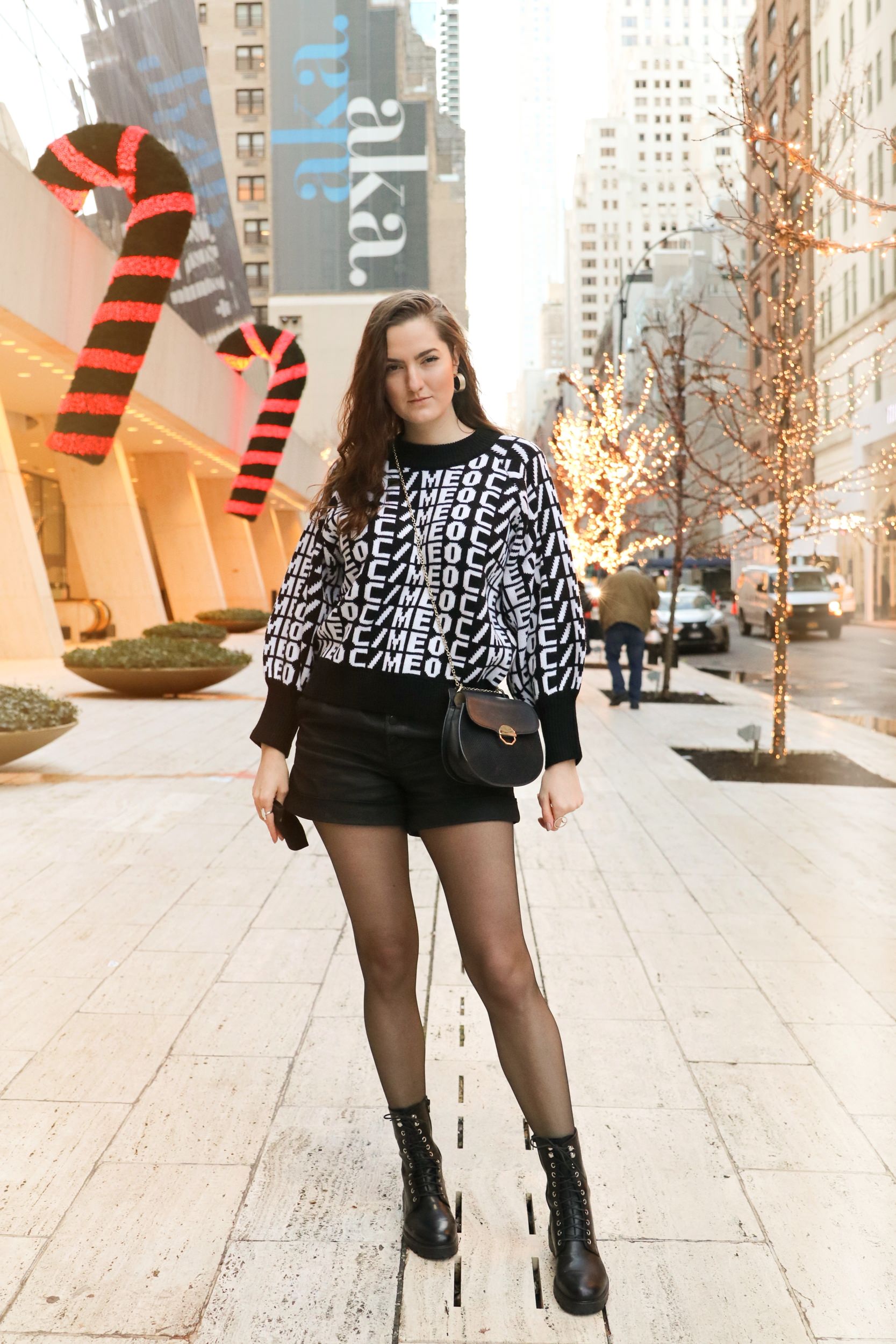
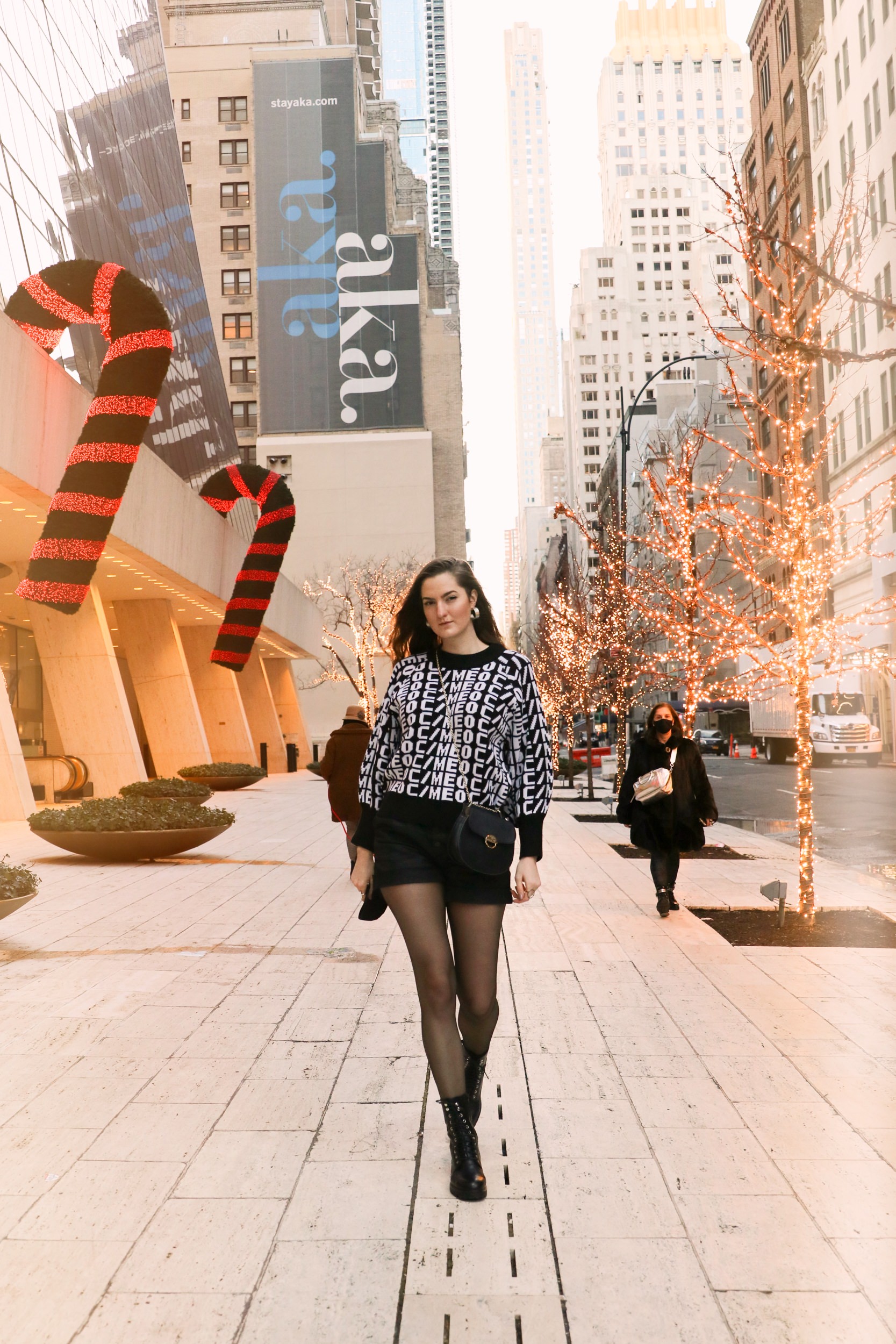
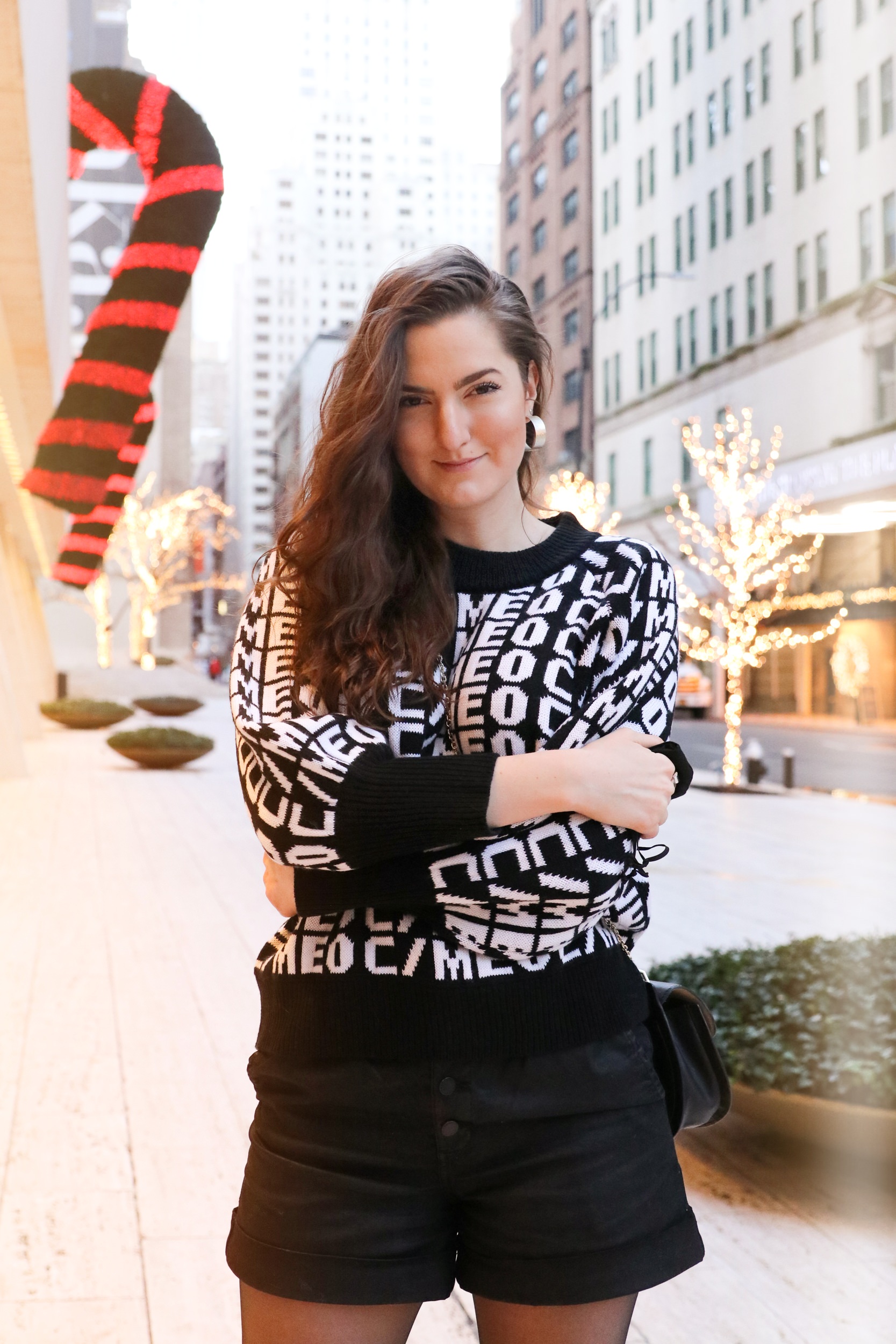
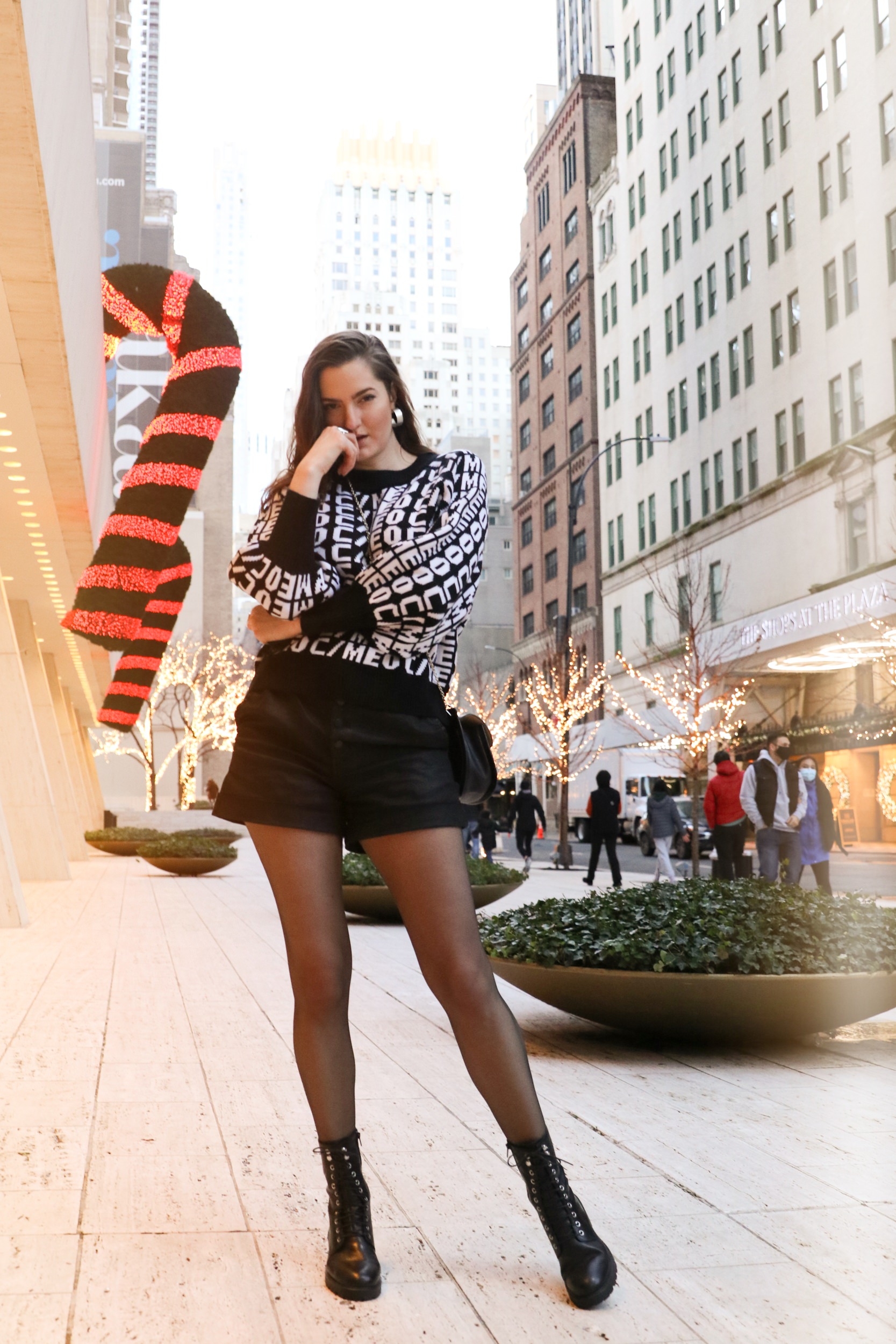
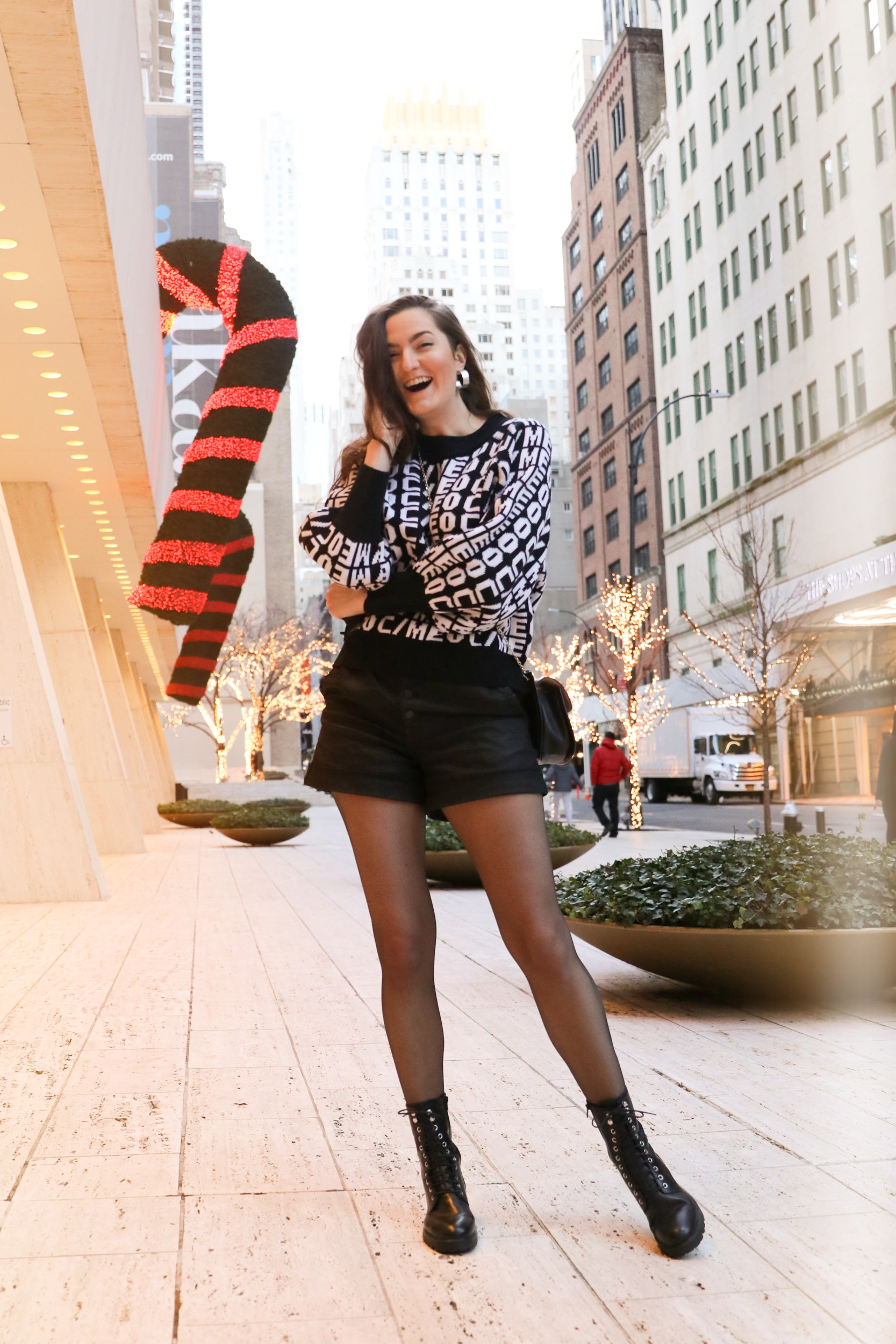
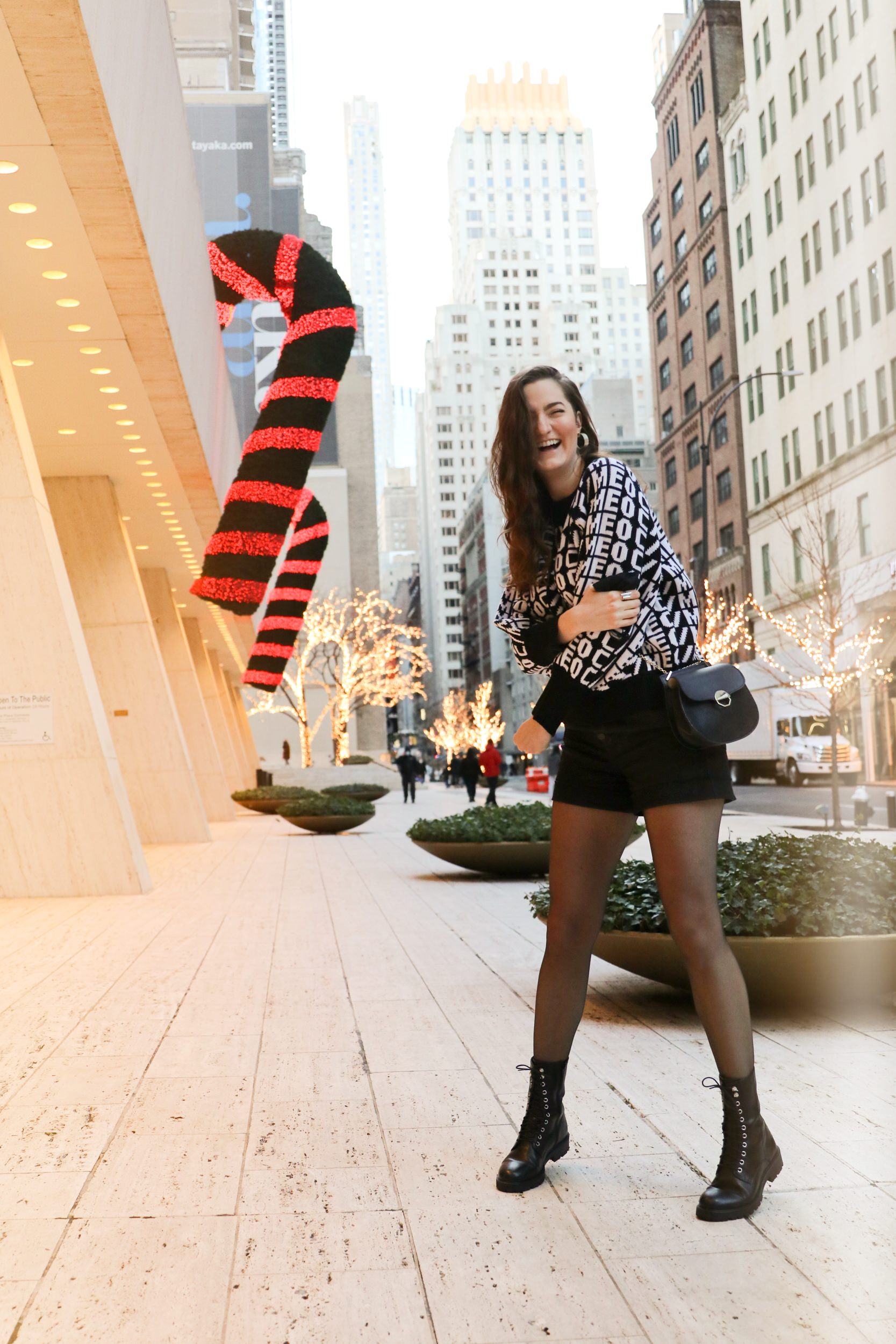
Here’re the steps I follow to ensure each purchase I make is meaningful and sustainable:
1. Need or understanding whether I need the item or just want it.
The number one thing I consider before buying an item is a question every shopper asked themselves at least once in their life: do I really need this!? If the answer is a definite hard no, I will never purchase the item because there has to be a practical element to all your purchases in addition to the happiness it’ll bring you post-purchase. Between wanting and needing an item, I usually look for ones I 50% need and 50% want, which is ideal for purchasing something truly sustainable – equally liking and needing it. With the need for an item, there can also be different reasons: you might need to replace something, you might need to be warm or cool for the weather, you might need something for a special occasion, but its also important to keep in mind that “I need this to match something else” or “I need this because its so cute” is not a true need.
2. Quality or how well the item was made
If you look at my shopping recap from 2020, you’ll see that I purchased a total of 15 items last year and each one was on the more pricey side. The reality is that you will never find high quality items for a cheap price – and that is because when you make a purchase, you are paying for the material sourced, dyes, threads, fabrics, and the workers who design, create the textiles, sew, embroider, knit, glue, package, and provide labor at all other points of the item production. High quality materials and items made with care and attention CANNOT be cheap because you need to pay a fair price for all the work that went into it AND a fair price for the garment that will truly withstand the test of time – which is why quality is also the determining factor for step 3.
3. Longevity or how long the item will serve
Steps 2 and 3 are very closely tied together: longevity is equally as important as quality to consider when shopping. I always ask myself the question “Will this last?” And then I follow up with “Why?” – Can I take good enough care of this item for it to survive 10+ washes? Will the fabric stretch, shrink or alter in any other way that’ll make it unwearable? Can the fabric or material damage if I do this or that activity? Is this item suitable for the weather and city streets where I live? – All these questions are an important part of an internal dialogue you need to have when buying an item to ensure it lasts you as long as possible.
4. Personal style or how the item fits into my existing wardrobe
It is also important to consider how the item will fit your personal style and preferences and how it’ll fit into your existing wardrobe. This step is also a determining factor for step 3 above – ands the reason why I don’t recommend falling for seasonal trends, especially if they’re dramatic and outside of your comfort zone. To ensure an item is going to represent your unique style, I recommend thinking about a purchase for at least a week. Look at the things you wear during that week – imagine how the item fits into those looks and examine your closet a few times – see how you’d mix and match the item. Taking this time before you buy will almost always guarantee an item you’ll love and wear more.
5. Brand ethics or the values and practices the brand engages in
This is a very important step that I think matters right now more than ever before – we have to start doing our research and supporting brands that are doing the right thing. I always take time to read about the brand’s ethics, values, production processes, commitments, and values before I buy anything. If I can’t find any of that information about the brand or if it sounds like greenwashing, I will not purchase. The reality is that the fashion world is becoming more and more ethical today and more and more bloggers are talking about this topic – so including this step into your shopping formula is the one trend to definitely follow this year.

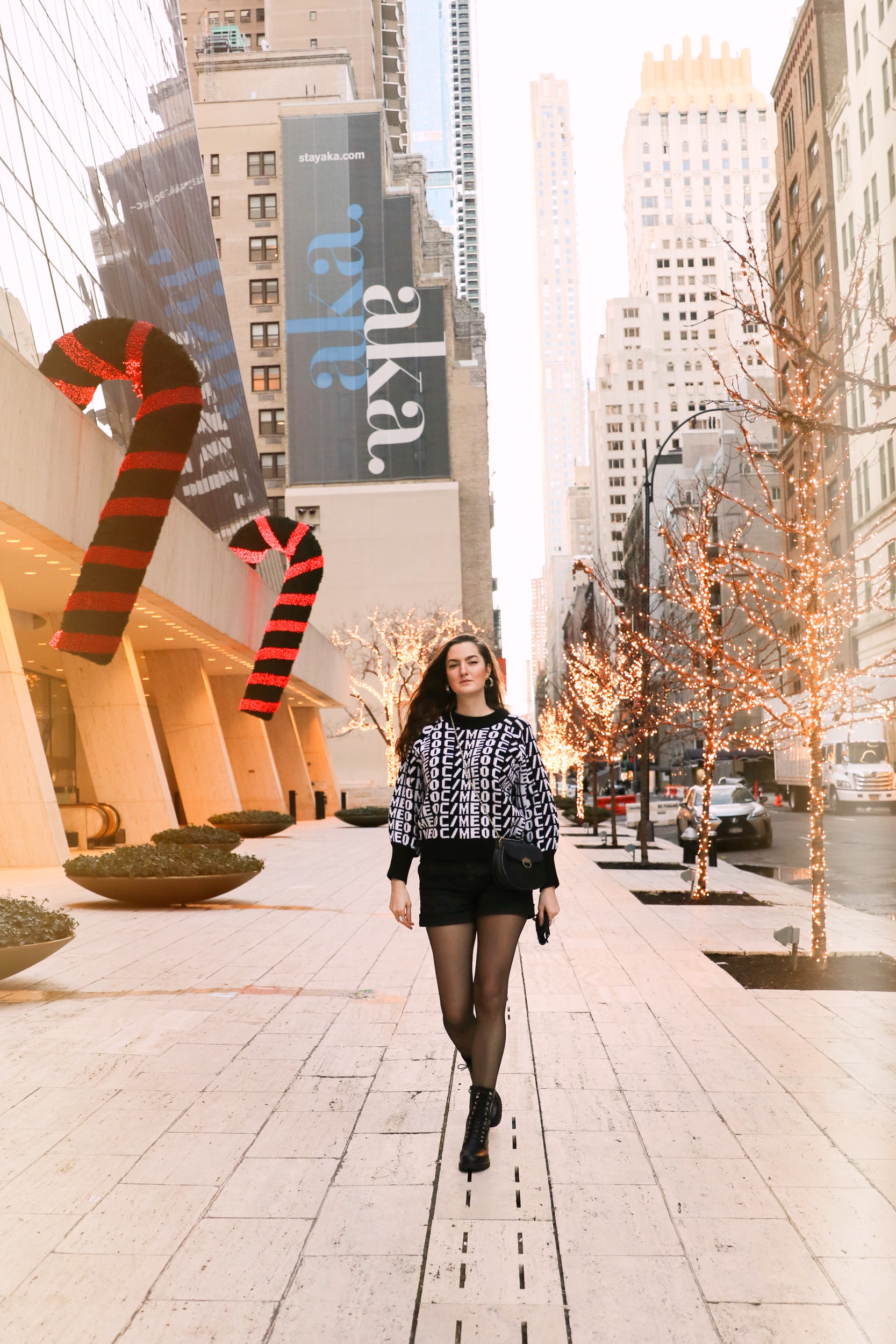
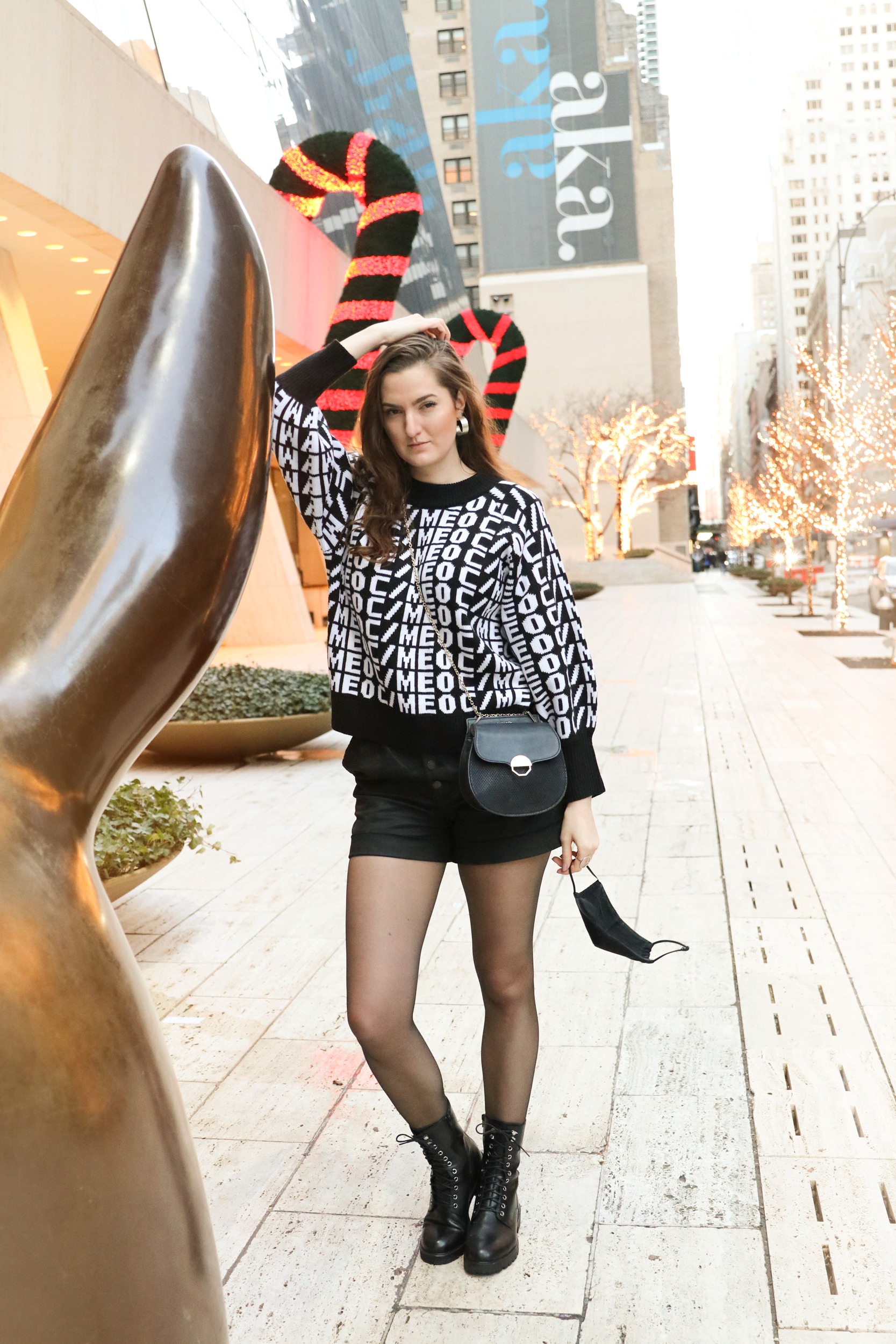
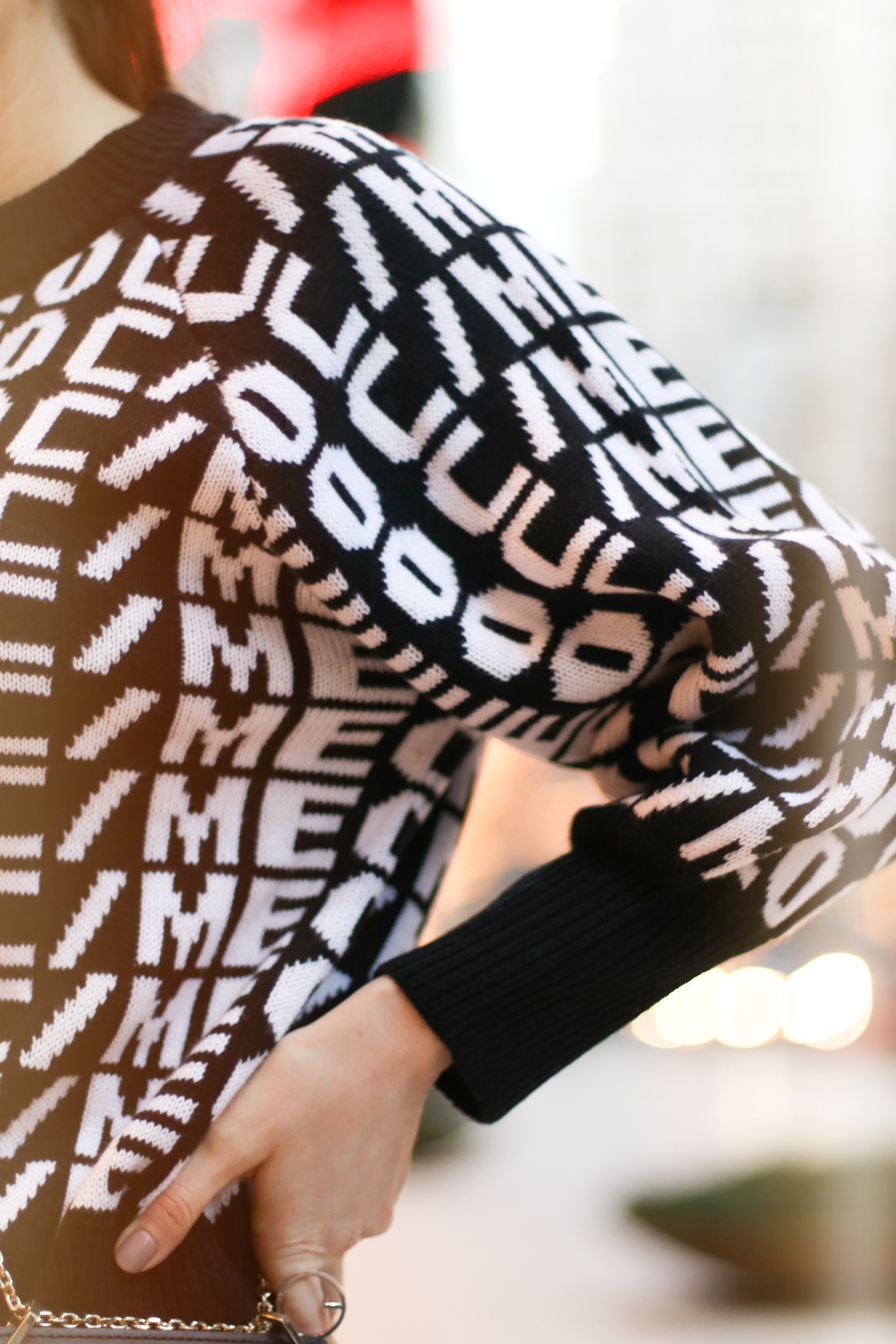
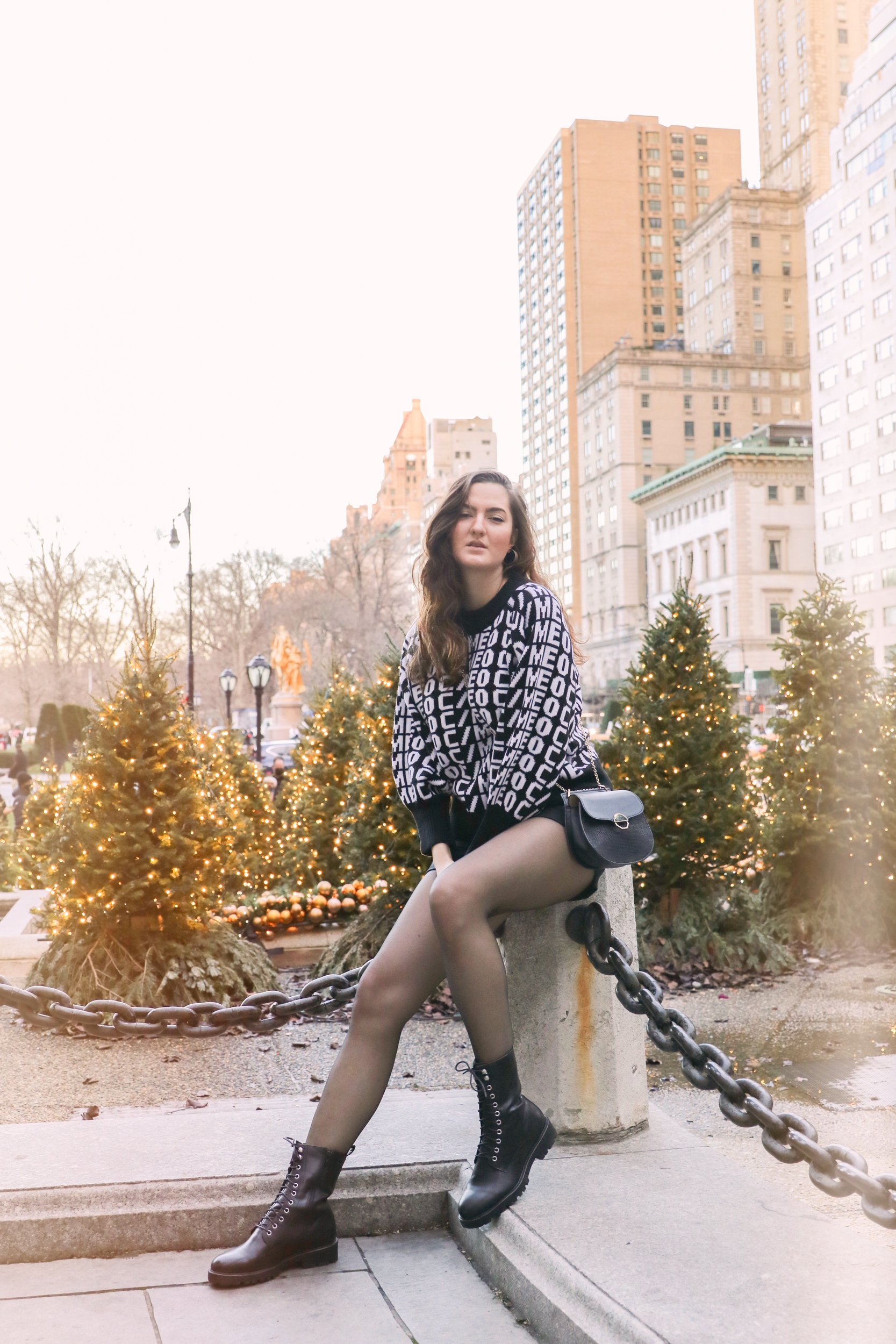
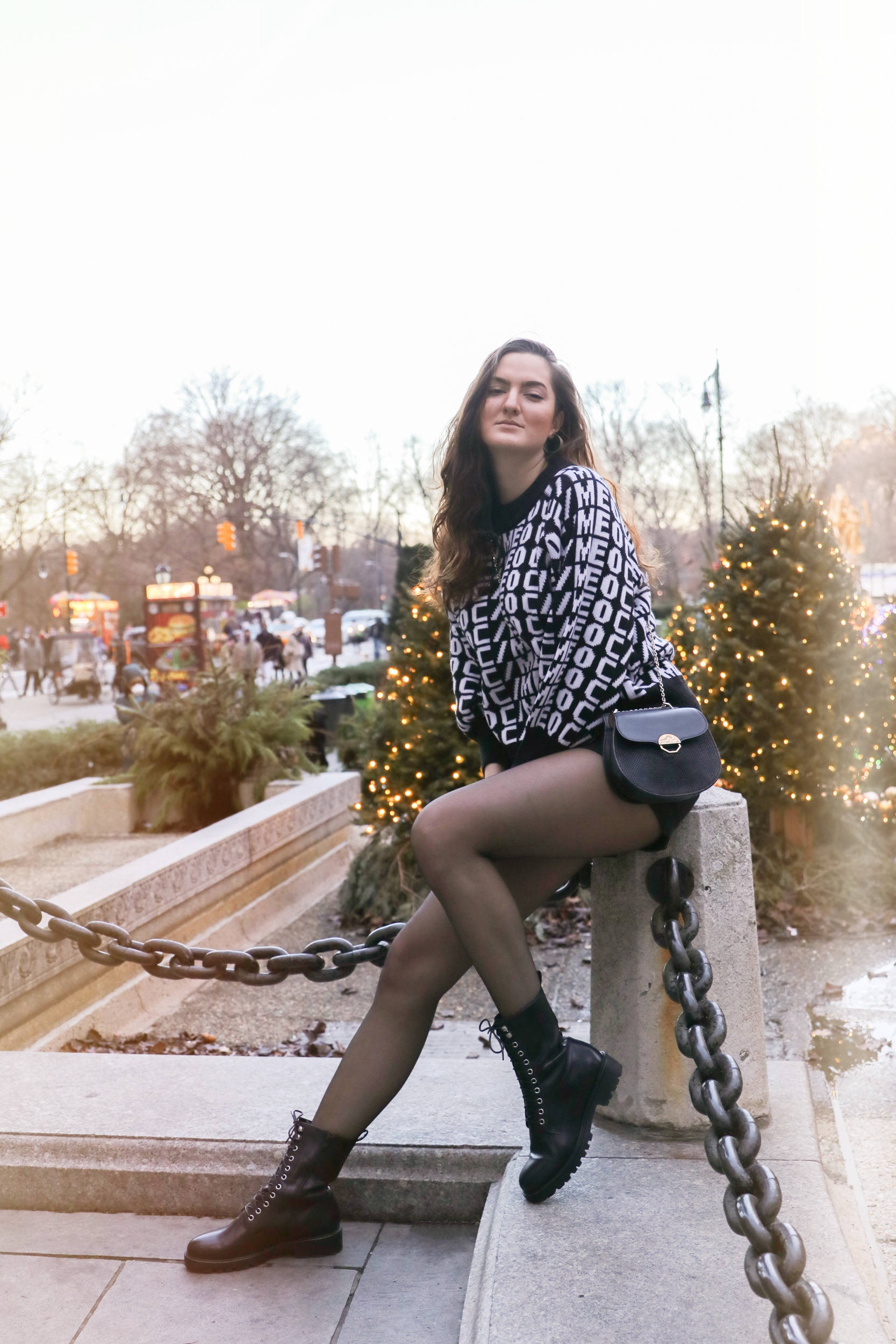
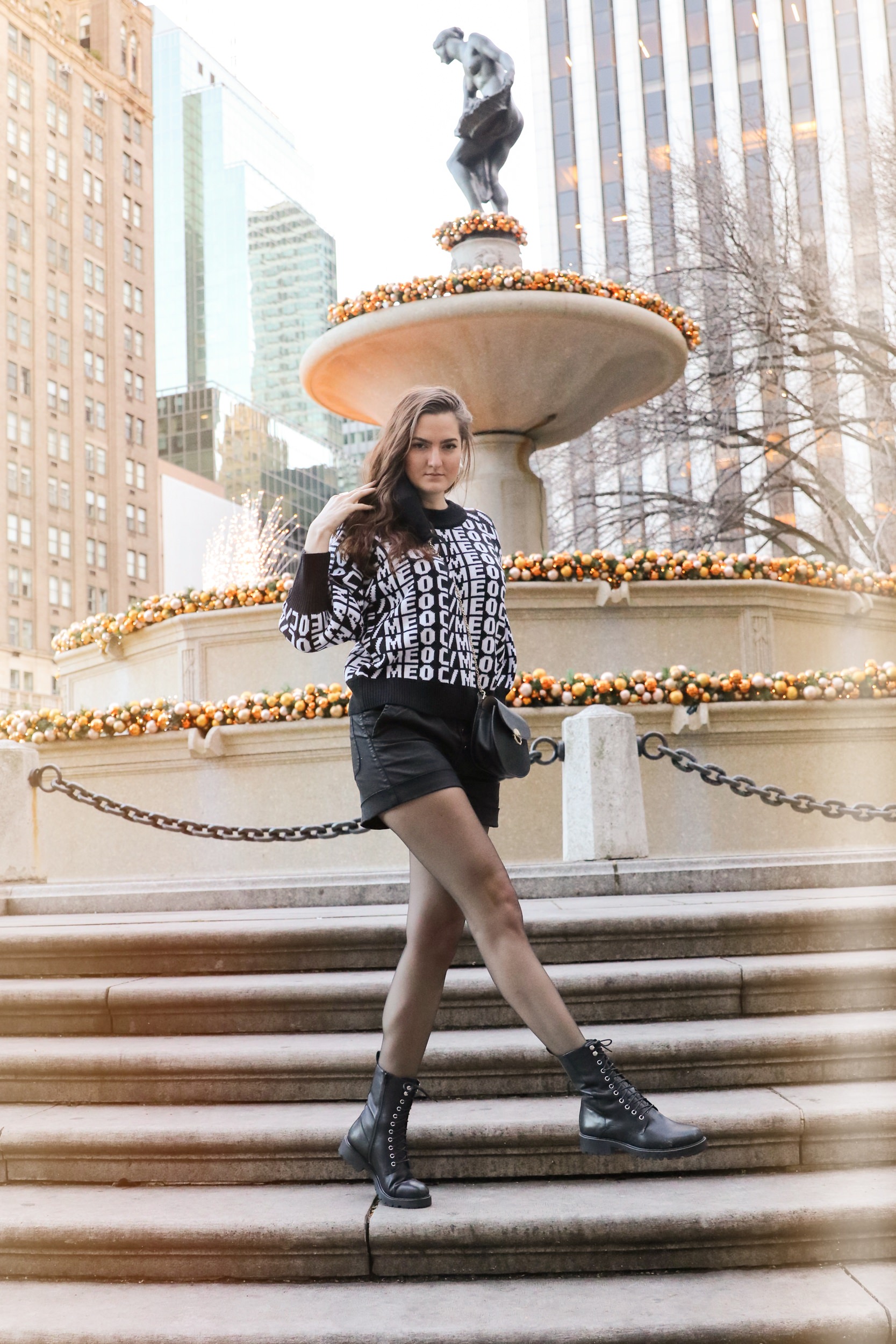
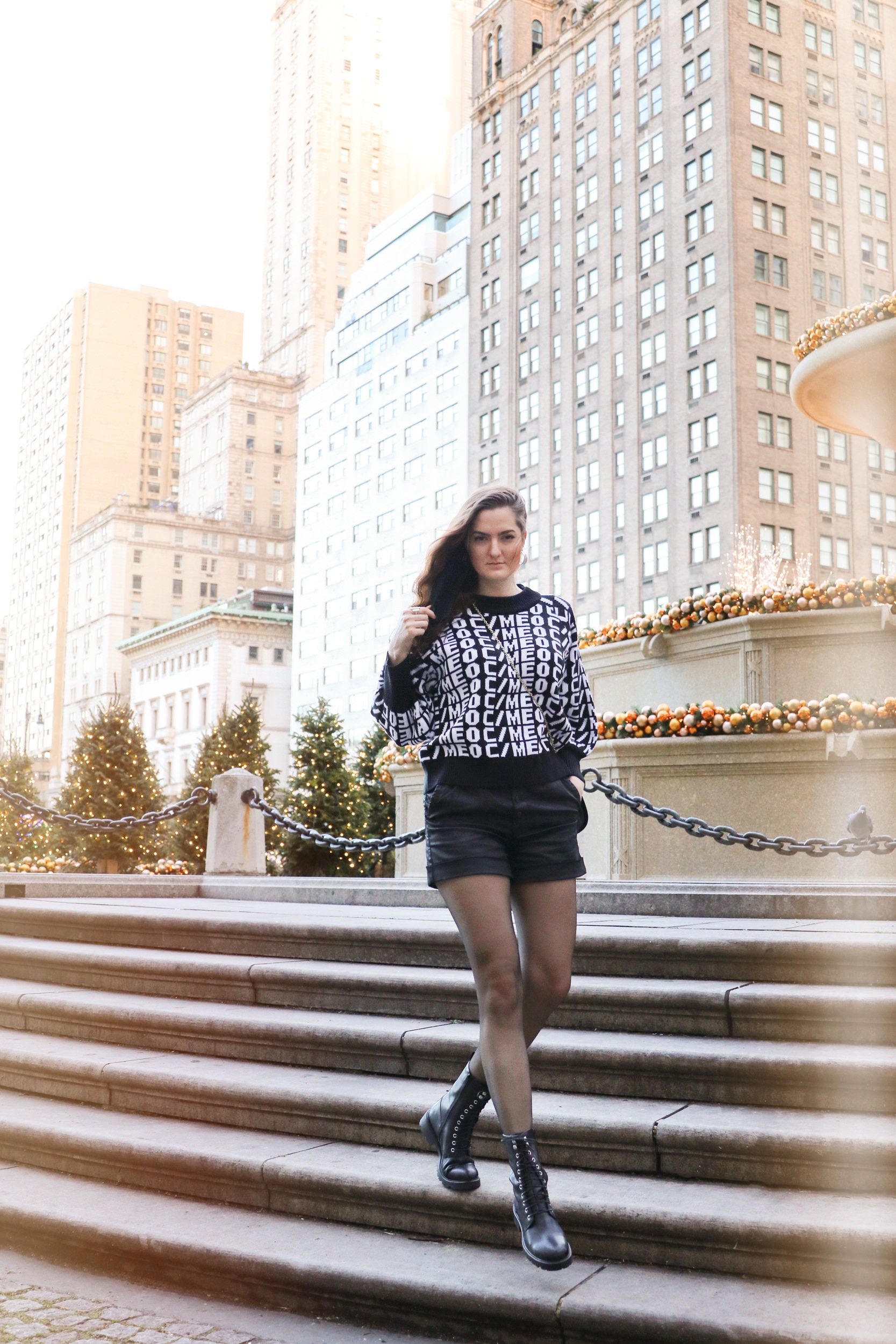
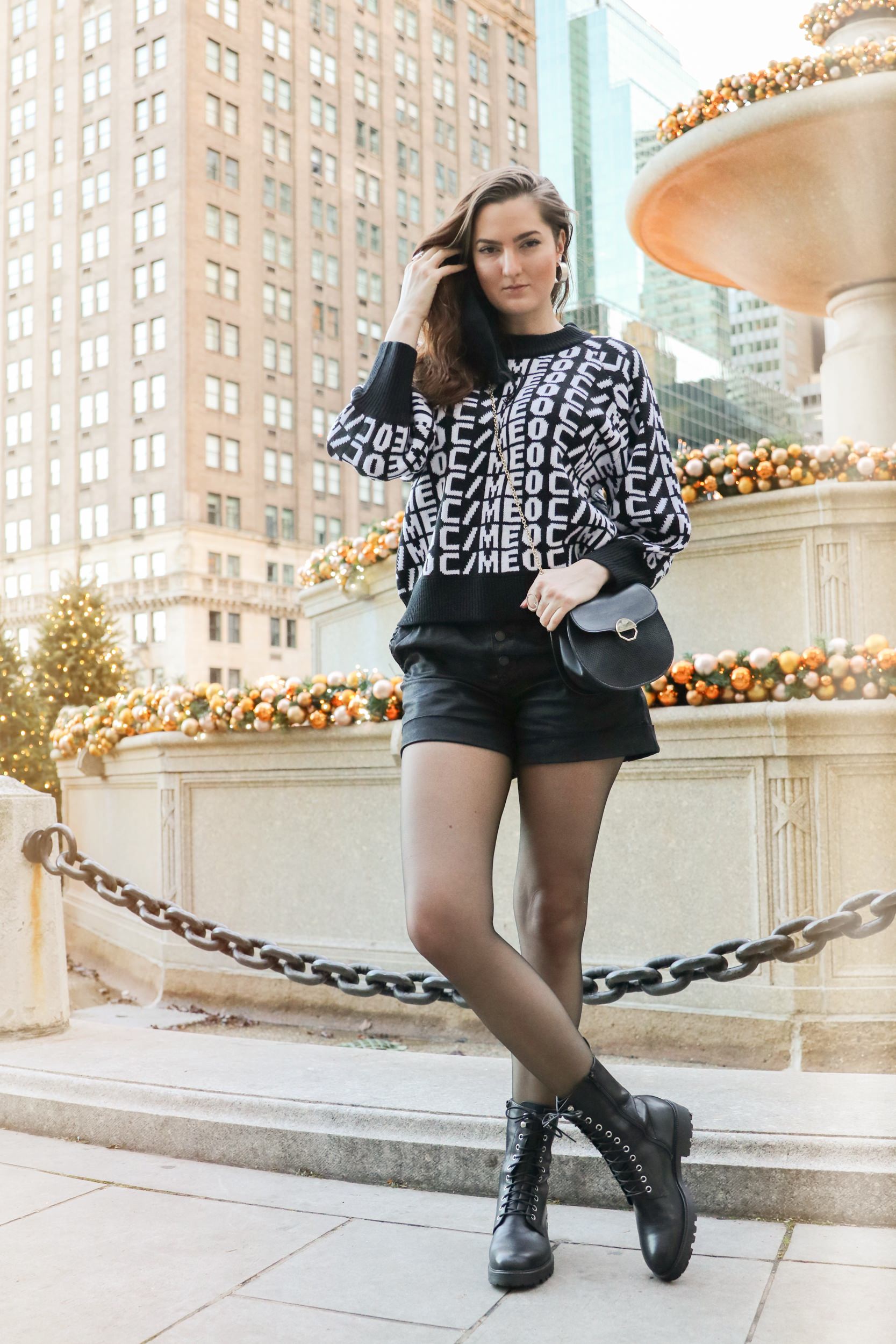
Let’s start a conversation. Tell me a little about yourself and what you thought about the post!
I approach this blog as a diary – taking you on my honest sustainable fashion & lifestyle journey, with sustainability aspects I slowly adopt, struggle with and feel passionate about. I’m building INNABOSE.COM to be an informative, visual & creative resource inspiring even the smallest changes in the world.
GENERAL BLOGGING TOPICS YOU’LL FIND HERE INCLUDE
#sustainablefashion
I’m also a Ukrainian New Yorker – having strong pride and patriotism for both: my homeland 

February 24, 2022 – my digital space shifted to include information about russia’s war on Ukraine, the devastation and destruction my home country is dealing with and the bravery, strength and inspiring spirit they are facing it with. A large portion of my posts today highlight Ukrainian brands, fashion, culture & the strong, incredible Ukrainians making gorgeous clothes you can buy & support local businesses, economy & people fighting for freedom every day. We are also a community who donates to Ukrainian organizations found in any of my recent posts!
#standwithukraine
Inna Bose